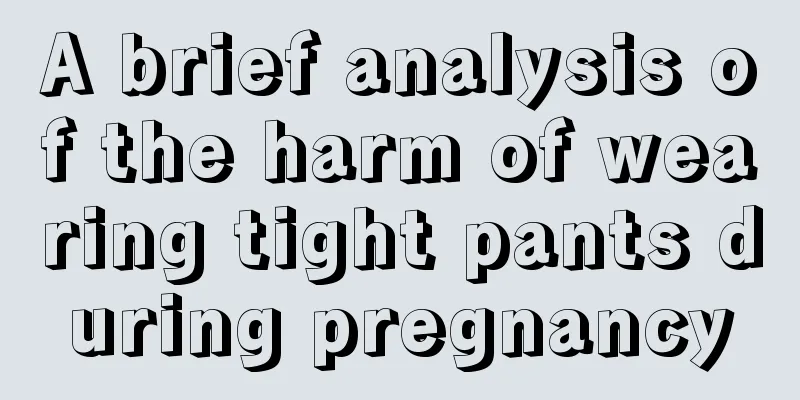Is ultrasound interventional treatment effective for ovarian cysts?

|
Ovarian cysts are a very common disease in clinical practice and have a great impact on the human body. There are many ways to treat ovarian cysts, and ultrasound intervention is one of them. Ultrasound intervention is also a common treatment method for ovarian cysts, and the effect of ultrasound intervention treatment is also very obvious. 1. Accurate display of lesions Real-time ultrasound monitoring can accurately display the precise location of the lesion, find the best needle insertion point, determine the location, angle, direction and depth of needle insertion, and simultaneously display the different anatomical layers of the human body to ensure that important organs, blood vessels and bile ducts are not punctured, thereby minimizing the risk of puncture. This is the common feature of ultrasound interventional treatment of ovarian cysts. 2. Obvious therapeutic effect Ultrasound interventional treatment of ovarian cysts does not require laparotomy. Under the guidance of ultrasound, precise positioning is performed and an imported puncture needle is used to insert the needle into the abdomen to puncture the cyst, extract the cystic fluid, and inject special drugs to shrink and disappear the cyst. Simple non-separated cysts can be cured at one time, and the occurrence of abdominal adhesions can be effectively avoided. There is no need to worry about rupture due to dissection during surgery to avoid recurrence. 3. Low cost This is also a common feature of this method of treating ovarian cysts. CT, MRI, and isotope-guided intervention are all relatively expensive, and patients who need repeated examinations will incur even higher costs. Ultrasound interventional treatment of ovarian cysts is relatively inexpensive compared to surgery and long-term drug treatments, and patients can get the best results with a one-time treatment without recurrences at a lower medical expense. 4. No radiation damage Whether it is X-guided, CT-guided or MRI-guided, the patient will be more or less exposed to radiation or nuclear contamination. Ultrasound interventional treatment of ovarian cysts, under ultrasound guidance, avoids multiple radiation or nuclear contamination. |
<<: Can adenomyosis heal itself? 3 Things You Must Know
>>: How to maintain and care after ovarian cyst surgery
Recommend
What is brown discharge after internal examination?
If you find that you often have brown discharge a...
Can I see the gestational sac after 35 days of amenorrhea?
At 35 days of pregnancy, you have been pregnant f...
What are the ingredients of loquat? How to clean loquat
Loquat not only tastes good, but also contains ma...
How to remedy the situation after having sex 10 days after abortion
It is well known that once a woman becomes pregna...
Is 15mm endometrial thickness normal?
The thickness of the endometrium is generally fix...
What should I do if I have stomach pain before my period?
Many women are very afraid of dysmenorrhea. After...
How to maintain women's private parts
Women's private parts are as important as the...
What is cervical liquid-based cytology?
Currently, when doing cervical liquid-based cytol...
Abnormal second menstruation after childbirth
A woman is pregnant for ten months, during which ...
Will the pregnancy be big if the fallopian tube is recanalized?
After the founding of New China, due to the rapid...
How to install curtains for tatami mats next to floor-to-ceiling windows? How to install curtains for tatami mats next to floor-to-ceiling windows?
We all know that many people design floor-to-ceil...
What to check after abortion
Although abortion technology is now very advanced...
What to do if pregnant women have redness and itching due to allergies on their faces
Pregnant women have relatively low immunity, so m...
I got my period the next day after cupping.
Cupping therapy is to stimulate the body's me...









